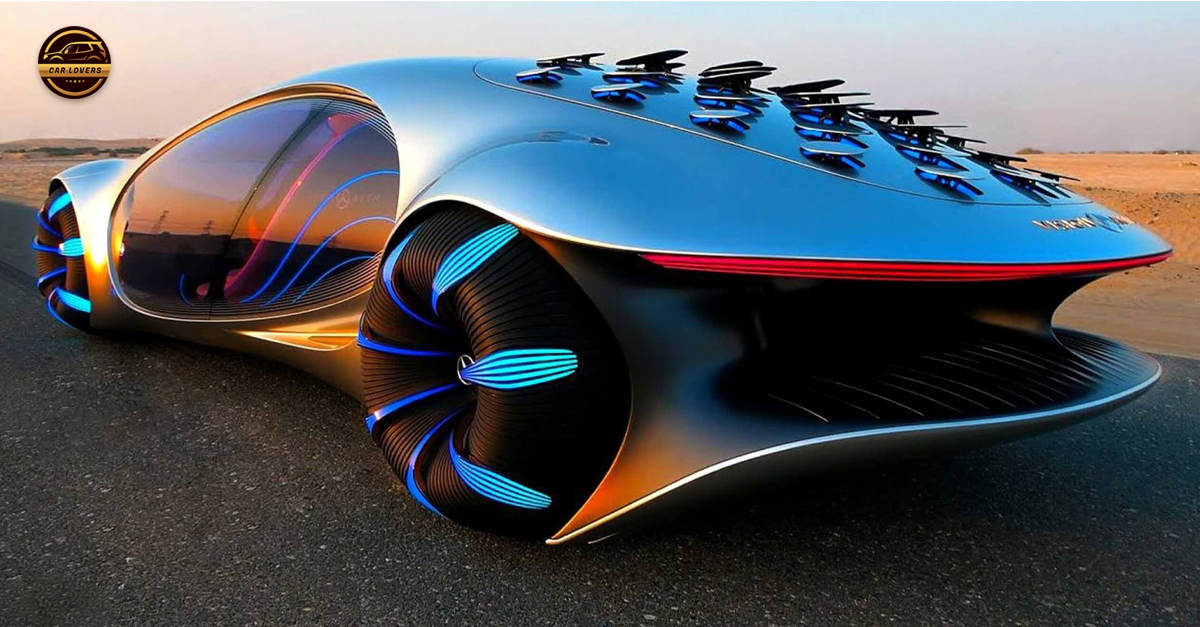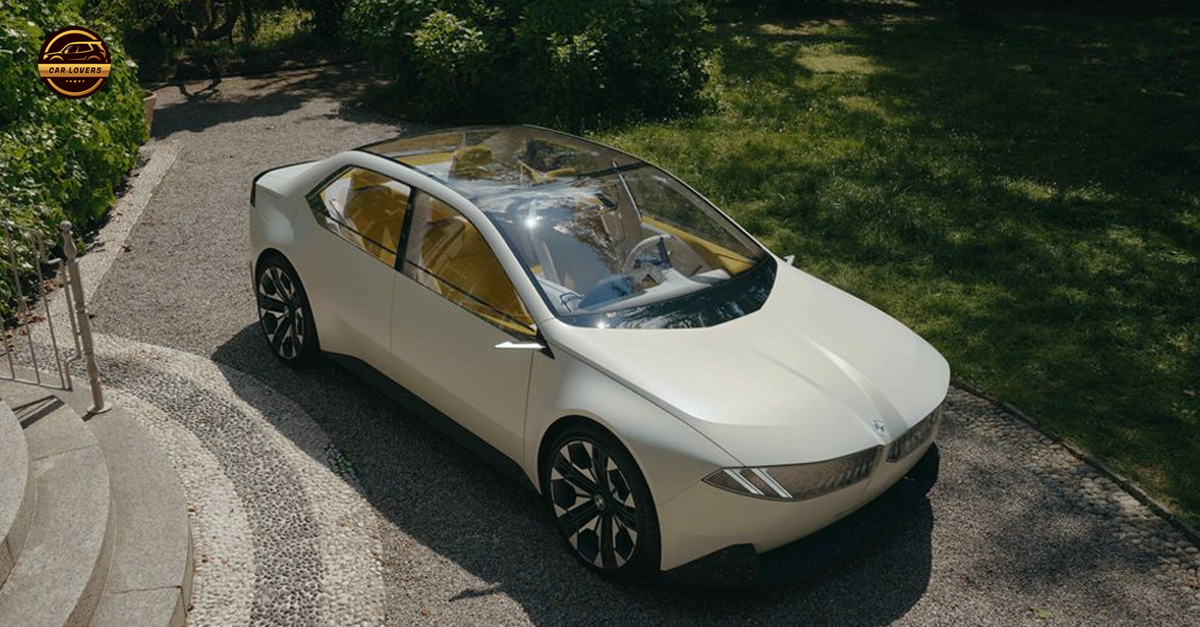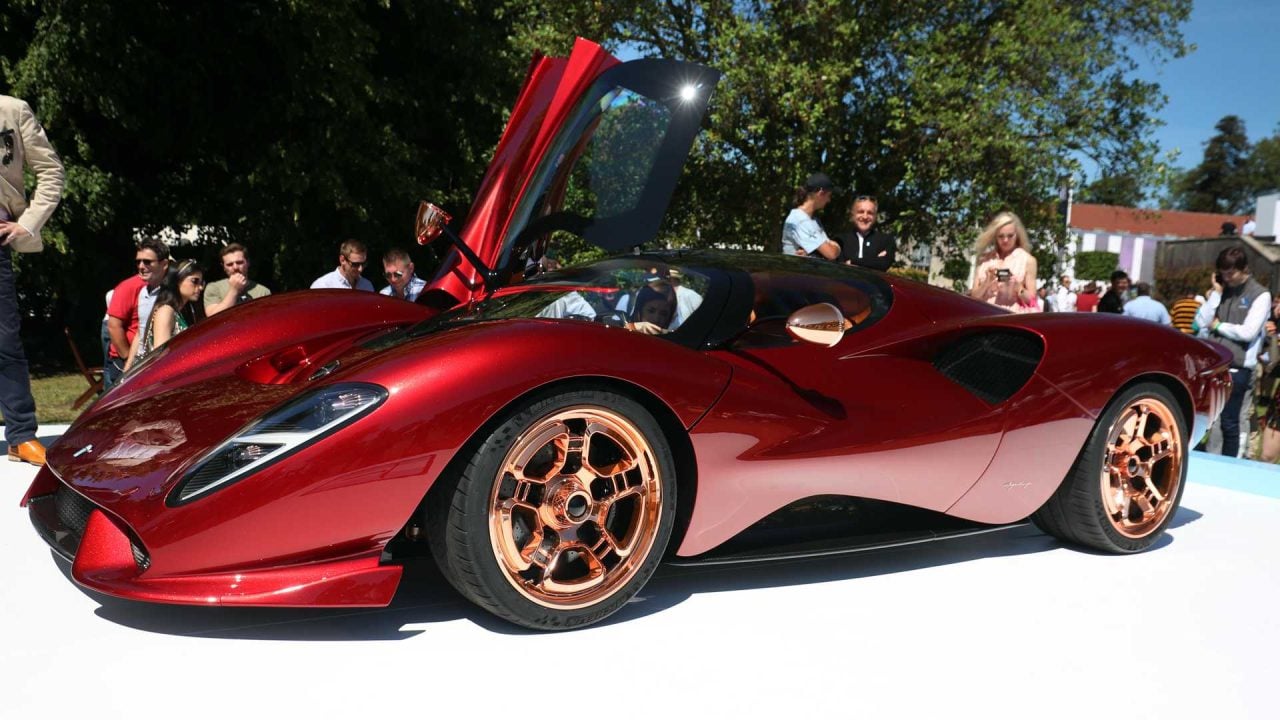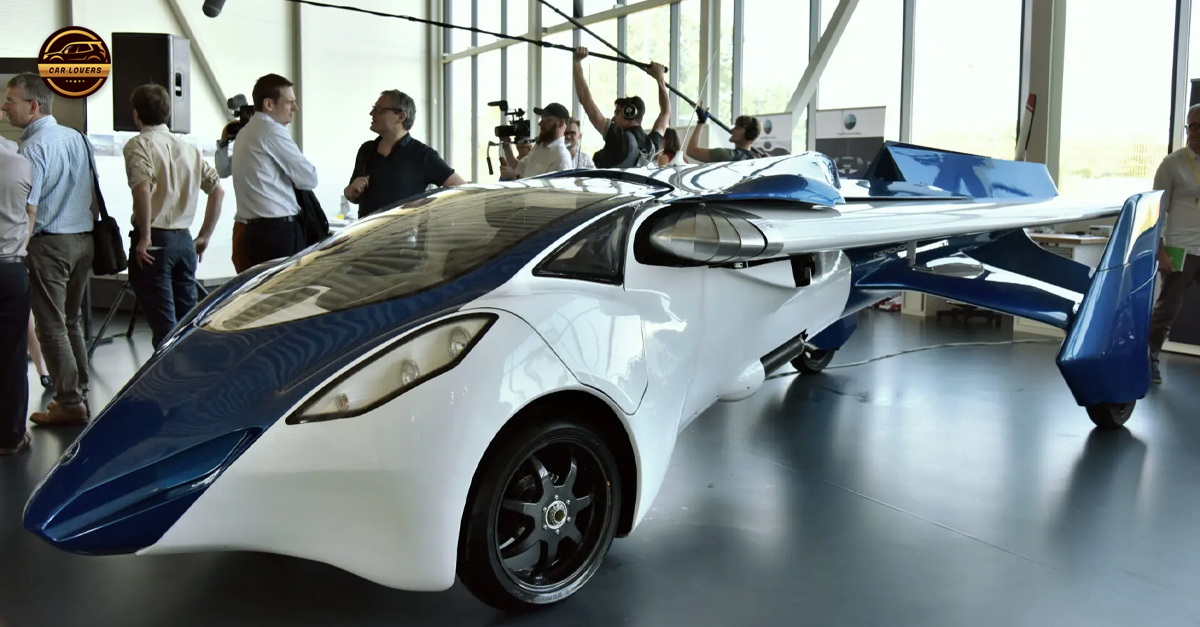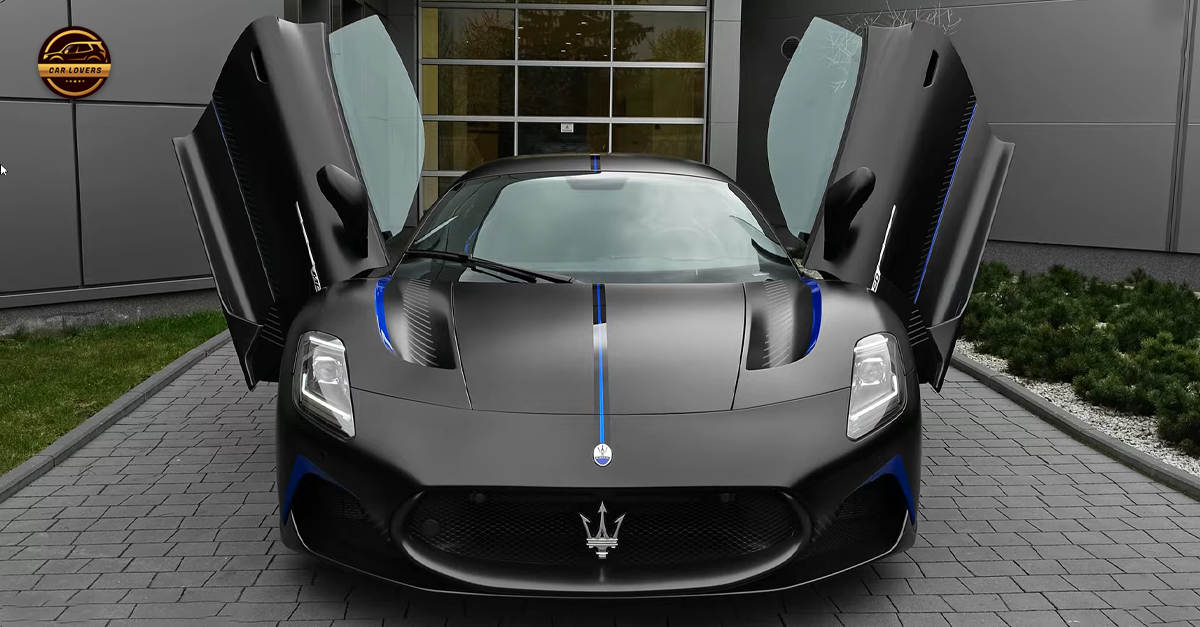As it expands its electric offerings, Kia has made a purposeful decision: It will elevate the role of design and designers.

“It is really an organization that really understands the importance of design,” said Karim Habib, the carmaker’s global head of design, as we sit in a balcony in Seoul, overlooking the brand’s latest battery-powered vehicle, the EV9. “Where design thinking and design are becoming more of a real strategy to define not just how things look, but what products do you build.”

The newfound prominence shows in this offering. SUVs certainly dominate the global automotive landscape, but when the EV9 goes on sale later this year, Kia will be among the first to market with a fully electric SUV with an actually usable third row. And the brand has made the most of the opportunity, creating a design that, while not quite as outrageous as the concept it showed in 2021 (it lacks the rear-hinged back doors and cameras-for-side-mirrors) is quite a stunning derivate of its show-car version. In fact, its sharply-creased and box-flared fenders, sneering grille-less cyborgian front end, and ski jump rear pillar treatment give it more of a familial resemblance to Hyundai’s Ioniq 5 than to Kia’s own EV6.

We’re not complaining. The EV9 is a stunner, with the kind of bold bossy presence usually reserved for vehicles that cost twice or three times as much, including icons like the Mercedes-Benz G-Wagen or Range Rover. It’s positively chiseled, as if the brand’s popular Telluride three-row SUV, already a handsome truck, went in for cool-sculpting, and then worked out with Tom Cruise’s trainer. It’s audacious without being threatening like the GMC Hummer SUV or (gasp) the heinous Cybertruck, a compelling result of Kia’s iterative process, which is intended not to shock but to improve.

“I work every day with engineers and product people, and they are always trying to make a better product. To be proud of the products that they make,” Habib said. “And I think that heritage is really nice because it drives us to get to things that are bold.”

This pluck continues inside, where quality materials like leather, knurled and perforated metal, nubbly recycled fabrics, and even an odd jade-like faux stone trim dominate. The latter is a new background for the company’s haptic touch-sensitive buttons, a real upgrade from the current “piano black” otherwise known as “shiny black plastic.” Thoughtful touches, cubbies, and bins abound, and we can only hope that regulation will allow us to receive the swiveling second-row captain’s chairs that both afford easy access for loading in kids (and their giant seats), and swing around fully to create a booth-like rear compartment.

The interior space is rather vast, especially compared to ICE-powered vehicles with a similar exterior size, the result of Kia’s strategy of creating exclusive underpinnings for their EVs, instead of converting them from gas-powered vehicles like the forthcoming electrified versions of the Range Rover and G-Wagen.


“We as a group and as a company, we decided to go to dedicated platforms for EVs because it gives you an opportunity to play with space in a totally different way. So even though the dimensions of this will be like a midsize SUV, the interior space is like a big, full-size truck,” said Artur Martins, Kia’s global chief brand officer. “You can use the flat floor. You can have a shorter engine compartment because there’s no engine. You can play with the overhang and proportion in the front and rear so it’s shorter. And that long wheelbase allows us to take advantage of that space. Whereas if we would decide to grab Telluride, take the engine away, and to electrify Telluride, we would be much more limited in what we could do with space.”

Pricing hasn’t been announced, but experts expect the EV9 to start in the mid-to-high $50,000 range. This isn’t exactly luxury territory. But the brand’s early and strongly-designed entries into the electric vehicle realm have also allowed it the opportunity to take advantage of current EV paradigms, where a combination of multiple new marques, stylistic experimentation, and a disambiguation of price, performance, and features have resulted from the growing availability of potent battery power.

“I think that there’s a very psychological principle behind it,” said Martins. “That is, before Tesla, there was operating in the heads of consumers that you would have to be producing cars for more than one or two decades to be able to have a good quality product. Tesla has broken that in the heads of consumers nowadays. You can have two years building cars and you are already a premium brand.”


All of this, combined with a growing brand agnosticism, has given Kia a boost – especially as mainstream customers make a move into their first electric vehicle.

“Kia (now) comes to top of mind and gets added to the consideration set, where in the past, we will not be in that list,” said Martins. “So that’s where the opportunity lies for us. And, products like the EV6 and EV9 are really helping us reshape the brand for the future.”
Habib echoes this sentiment from a design standpoint.
“The shift to EVs has allowed us to even think of ourselves in a different way. Because there’s no, let’s say, inferiority complex of not having the big 12 cylinders, and this equating to luxury. It’s not there anymore,” he said. “That allows us to see things in a very different way, a more confident way, a more capable way of trying to be on the leading edge of EVs.”

If this is Kia just getting started in this space – and it has plans for many more electric vehicles in the near future – we are thrilled to see what it tries next.

